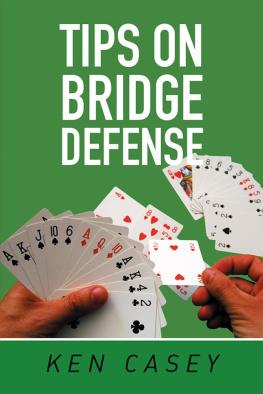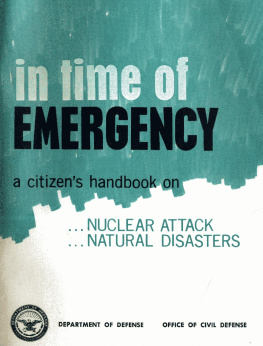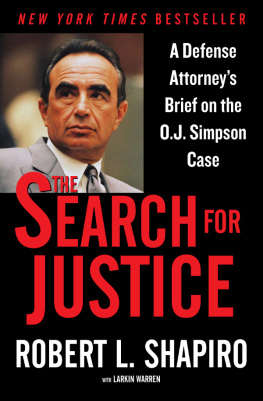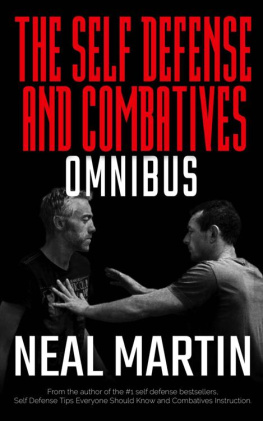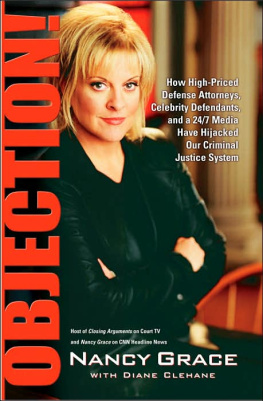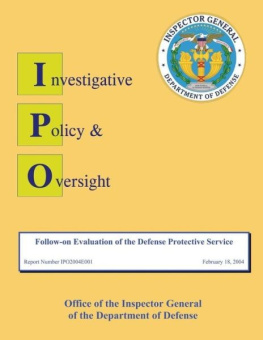
Copyright 2016 by Merrie Jo Pitera and Barbara Hillmer
All rights reserved.
Printed in the United States of America.
No part of this publication may be reproduced or distributed in any form or any means, without the prior permission of the publisher. Requests for permission should be directed to , or mailed to Permissions, Indie Books International, 2424 Vista Way, Suite 316, Oceanside, CA 92054.
Neither the publisher nor the author is engaged in rendering legal or other professional services through this book. If expert assistance is required, the services of an appropriate professional should be sought. The publisher and the author shall have neither liability nor responsibility to any person or entity with respect to any loss or damage caused directly or indirectly by the information in this publication.
ISBN-10: 1-941870-41-4
ISBN-13: 978-1-941870-41-9
eISBN-13: 978-1-941870-51-8
Library of Congress Control Number: 2015947903
The Eight-Step Persuasive Story Methodology is a trademark of Litigation Insights
Ford Pinto is a registered trademark of the Ford Motor Company.
Pacific Gas and Electric Company is a registered trademark of the PG&E Corporation.
Dole is a registered trademark of the Dole Food Company, Inc.
Chevron is a registered trademark of the Chevron Corporation.
ELMO is a registered trademark of the ELMO COMPANY, LIMITED.
The use of product names in this book does not indicate that the listed companies are a sponsor, affiliate or endorser of this book or Litigation Insights.
Designed by Joni McPherson, mcphersongraphics.com
INDIE BOOKS INTERNATIONAL, LLC
2424 VISTA WAY, SUITE 316
OCEANSIDE, CA 92054
www.indiebooksintl.com
TABLE OF CONTENTS
FOREWORD
S tories capture our imagination. They resonate with us because they feel familiar. Ever since we were little children we learned from stories, fables, fairy tales and myths. Storytelling also creates opportunities to use analogies and metaphors to make points that draw parallels to broader human experience. An effective advocate is a good storyteller, whether presenting a case in the courtroom or representing a client in a negotiation or a mediation.
In a jury trial, a case is most persuasive when presented as a storytelling narrative based on compelling themes. Successful plaintiffs lawyers know this. They also understand that the presentation of a case needs to have emotional as well as intellectual appeal in order to engage the members of a jury. Most people, including jurors, make decisions based on their emotional feelings about what seems right, or desirable, or fair. They then use rational arguments to justify to themselves and to other people the decisions they have already made. They seldom use logical analysis to reason to a conclusion when they make decisions in the affairs of life.
All too often defense lawyers neglect their storytelling skills and avoid addressing the emotional content of a case. They take refuge in chronological presentations of factual information and logical arguments based on the legal elements of the claims and defenses in the case. That approach may seem rational and compelling to lawyers based on their training in law school, but it can fall flat and come across as defensive to a jury.
After twenty-four years as a courtroom lawyer in private practice I moved in-house and, for fifteen years, was the senior litigation manager for a Fortune 100 company. In that role I had the privilege of working with Litigation Insights. We worked together to develop and test themes to guide the defense teams for three different national mass tort litigations. Trial counsel used those themes to win a number of jury cases, making it possible for the company to resolve each of the mass tort litigations on highly favorable terms.
In this book Merrie Jo Pitera and Barbara Hillmer of Litigation Insights explain what themes are and why they are important. They describe their method for working with defense lawyers to create, test and refine litigation themes that resonate with jurors. They explain the critical importance of developing themes early to guide witness preparation and pretrial discovery. They also give examples of effective ways graphics can be used to reinforce themes and to support the storytelling narrative.
This book is both practical and inspirational. It offers defense lawyers a fresh opportunity to enhance their storytelling skills to create and present emotionally compelling and persuasive courtroom cases.
John Allison, Esq.
Professional Coach and Consultant
The Coach for Lawyers, LLC
www.coachlawyers.com
Former Assistant General Counsel, 3M
Company
SECTION I
NOBODY ROOTS FOR GOLIATH
The problem is plaintiffs have a ready-made underdog story in civil trials: David (their client) against Goliath (your client). Remember, nobody roots for Goliath.
CHAPTER 1
ENTER THE BLACK HAT HIRED GUN PLAINTIFF ATTORNEYS
We are not here to damn all plaintiff attorneysjust some of them.
B eating plaintiff attorneys in a civil trial is a difficult game to win because you are playing against a stacked deck. The best and most effective attorneys are excellent storytellers, and the best plaintiff attorneys often play to jurors natural distrust of big companies. Our culture has been influenced by decisions like the exploding Ford Pinto or the Pacific Gas and Electric Companys environmental disaster that made a celebrity of Erin Brockovich.
There is a category of plaintiff attorneys, however, that we must recognize beyond the crusading attorneys that have shaped society. We call them the Black Hat Hired Guns. On the outside they position themselves as knights in shining armor on the scene to save the day. We wont sugarcoat it. Many of these hired gun plaintiff attorneys are opportunistic and profit-motivated by taking advantage of trends to line their pockets. In the end they increase prices, eliminate jobs, and even kill companies.
Do not underestimate the power of these Black Hat Hired Guns. Beating them at their own game is going to be tough because they play games with their own clients, evidence, facts, justice, and their own stories. They do a good job of posing as the champions of the weak and defenseless, while living off settlements and outsized damage awards from companies who find it cheaper to settle than defend.
During the past several decades, we have seen a disturbing trend of these Black Hat Hired Guns winning huge cases against corporations as they preyed upon the biases of jurors, often by playing loose with the facts of a case. A March 2014 Bloomberg Businessweek story titled Judges Slam More and More Plaintiffs Attorneys for Corruption captured some of the abuses of plaintiff attorneys, citing cases ranging from a liability verdict against Dole Foods to a multibillion-dollar judgment against Chevron that were thrown out by judges because of plaintiff attorney corruption. The Businessweek story defined the fundamental problem defense attorneys face in the legal system: When you combine these cases with the criminal convictions several years ago of plaintiffs-bar titans Mel Weiss, Bill Lerach, and Dickie Scruggsall of whom served time for corrupting the civil justice systemits hard to deny that theres deep dysfunction within a powerful portion of the legal profession that claims to fight corporate abuse on behalf of the little guy.



